With the rising trends of user experience (UX) and customer experience (CX) in web design, it is no longer enough to simply provide your visitors with a product and call it a day. Whether you are about to launch your business’ website for the first time or are in the process of a website redesign, integrating your brand identity into its structure can prove pivotal for your overall success. ![]()
According to Forbes, 38% of website visitors will leave if the site’s layout is unattractive and doesn’t engage them, while consistent brand representation is proven to increase overall revenue by up to 23%. No matter how niche or well-established your product may be, the brand identity that accompanies it online will make or break the final sale. With that said, let’s take a look at how you can integrate your brand’s identity into an intuitive and engaging web design solution for the benefit of your customers.
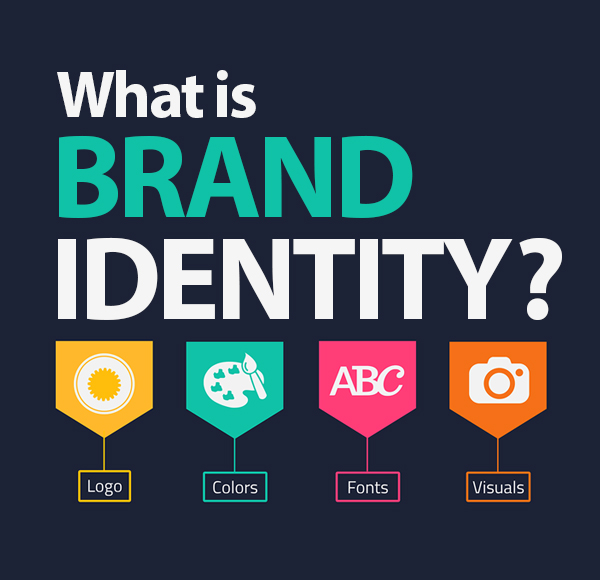
Before we dive deeper into the topic, let’s set up some basics in terms of what brand identity represents. Brand identity is a conglomerate of visual elements such as colors, fonts, graphics and other materials unique to your business. Think Coca-Cola red or McDonald’s yellow and apply it to your brand.
Mitchel Bloom, Head of Content at best essay education put it this way: “Anything visual which can be associated with your business, products or services represents your brand identity in the public’s eye.” As such, the integration of brand identity into web design makes sense due to the site’s role in representing your business on a global scale. Consistent imagery, recognizable visuals and business culture representation all fall into brand identity when it comes to your website – which is where the benefits associated with its integration come into play.
Benefits of Brand Identity Integration in Web Design
Including your brand identity elements into web design will affect the way your business is perceived by leads in a number of significant ways. Most importantly, it will make it easier for both B2C and B2B stakeholders to associate value and reliability with your products and services due to consistent brand representation.
It’s worth noting that the process should never be approached without proper planning or branding of your business in terms of visual elements to avoid public confusion and unappealing design choices. However, when it comes to concrete advantages which you can reap from brand identity’s integration into web design, we can refer to a number of benefits, including the following:
- Building customer loyalty and brand recognition
- Increase in brand awareness and market placement
- Increase in sales and conversion rates
- Increase in B2B networking opportunities
- Increase in your business’ value in terms of prices and stock
Steps for Brand Identity Integration in Web Design
Consider your Brand Values
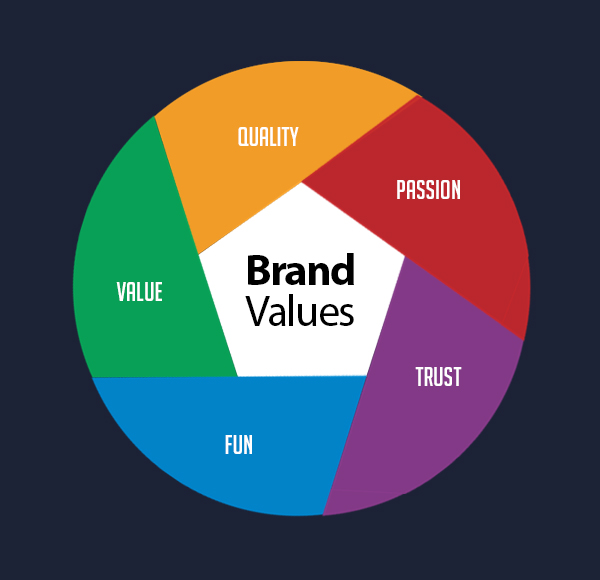
Similar to visual elements, brand values play a significant role in differentiating your business from the competition. Brand elements such as long-term goals, business culture, company vision as well as corporate values all factor into your brand’s identity. As such, their inclusion in your web design solution is pivotal for a number of reasons.
According to Fit Small Business, 64% of brand relationships are built in shared values between brands and customers, while a customer will take about 10 seconds to decide whether or not they identify with your brand as a whole. You can feature your company statement, goals and vision on the landing page to introduce potential visitors to your “modus operandi” at first glance.
Likewise, a dedicated “About us” section can also provide you with a great opportunity to say a few words (or paragraphs) about your company’s roots and where you aim to go in the following years. This type of introductory information is highly effective in turning visitors into leads, both in B2C and B2B sectors. Make sure to put your brand values on paper and integrate them into your web design solution before going any further.
Develop a Style Guide

A style guide is what you would refer to as a “collection of colors and visual elements” distinct to your brand. Think about Pepsi and their combination of red-white-blue and you will get a good idea of what a style guide is. Your style guide should be the de facto deciding factor in the web design process going forward. Develop a style guide for use in both web design and corporate documentation in order to create cohesive brand representation for your company.
According to Tech Jury, using distinct colors in your brand identity will raise brand recognition by up to 80% since 77% of consumers make purchase decisions based on brand alone across the globe. Any colors or elements not present in your style guide should be left on the cutting room floor in order to maintain visual consistency for your visitors. Make sure that your content creators, collaborators and guest writers all receive style guide sheets prior to creating content for your website in order to maintain the created brand image over long periods of time.
Consistency Across the Website

We’ve mentioned consistency several times in previous points when it comes to visuals – but what does that mean in practice? Companies vary in terms of product portfolios, scale, niche and business culture above all. Your company website will most likely be unique and different from any other site in the same industry – and that’s a good thing. According to CreativeMarket, 61% of marketers believe that visuals are an integral part of marketing business with 51% of them placing a high priority on creating visual assets for their brands.
However, consistency across your sitemap is extremely important when it comes to maintaining a professional brand identity. You may have a website with a dedicated blog segment, an online store and a forum all in one. Each of these segments should follow the same logic both in terms of visual consistency (color, shapes, fonts) and in terms of web design (grid, layout, load times).
Having a website with wild inconsistency in terms of where your navigation bar is or how your color-coding works will leave a very bad taste in the visitors’ mouths, not to mention the negative effects it will have on your long-term reputation. Keep your website focused on a singular idea when it comes to brand identity and visual elements – the rest is in your audience’s hands (or eyes in this case).
Publish Branded Content
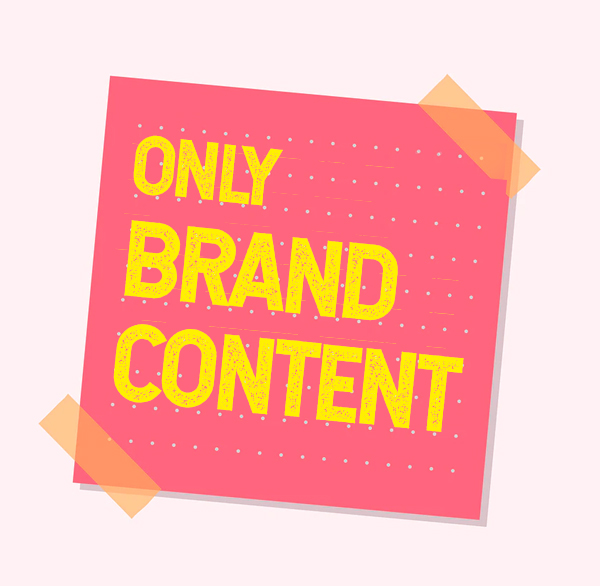
The stance you take in terms of published content will speak volumes about you as a brand and a company. Each of your content pieces, blog posts, and featured products should be original and branded by your company to avoid confusion and inconsistency.
For example, using stock photography from websites such as Pexels or Pixabay may be preferable in comparison to taking content from company websites, social media pages, and other copyrighted sources. The same goes for blog posts, articles and case studies published under your banner. Make sure that your content is original, relevant to your target audience and doesn’t fall under plagiarism under any circumstance.
You can also refer to SEO tools such as Google AdWords and SEM Rush when it comes to creating and optimizing your website’s content to avoid accidental similarities with other brands in your industry. This will not only help your web design from a technical standpoint (load times, SEO ranking) but also influence your brand identity and reputation in a highly positive way.
Showcase your Workforce

As a company, you are bound to have employees, coworkers and business associates in spades. Why not use them as a form of social proof in your web design in order to drive your brand reputation further? Employees can express their thoughts, experiences and professional development goals in the form of written content and short snippets which can be published on your website.
According to Business2Community, 63% of customers stated that they have engaged with poor branded content in the past, with 50% of them stating that they are unlikely to engage with that brand in the future due to that fact. Anyone who visits your site will have a chance to not only familiarize themselves with your company’s vision but also the people who work diligently to make that vision a reality.
Make sure to give every department a chance to express themselves and get featured on your landing page or blog content in order to help your brand identity grow over time. Showcasing the people behind the logo is one of the most effective and humanizing things you can do in terms of building your brand’s identity.
Adopt Native Ads
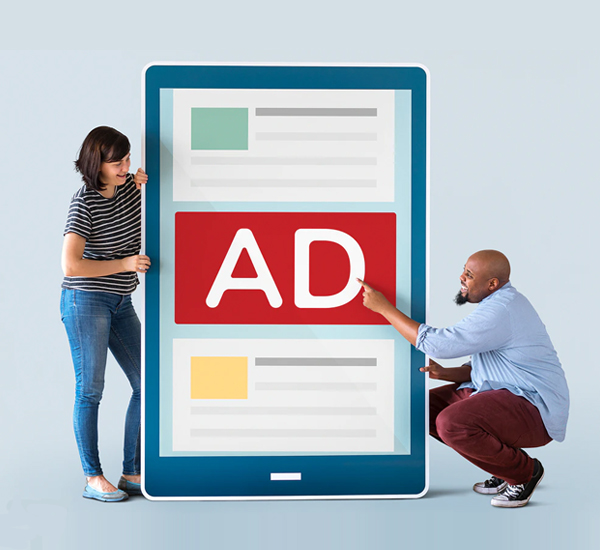
Advertisement and sales offers are an industry norm when it comes to modern websites. However, the way in which you present them will speak volumes in terms of your brand identity. According to CMO, 81% of marketers actively try to increase audience engagement and brand awareness through native ads, while 71% of customers stated that they felt like they personally identified with a brand’s products if they were presented as native ads.
Native advertisement is a great way to bridge the gap between earning ad revenue and pushing products/services to potential customers all while maintaining your professional reputation. Avoid implementing popup ads and intrusive sales offers in your web design solution to allow for a seamless and enjoyable browsing experience.
Strategic Calls to Action

Lastly, the purpose of your web design solution and online presence as a whole is to engage as many visitors as possible and convert them into recurrent leads. This can be achieved by strategic placement of calls to action (CTA) throughout your website.
Calls to action which correspond with your brand identity will have a significantly higher effect on your visitors compared to traditional CTAs such as “Subscribe now” or “Find out more here”. Make sure to write personalized, brand-consistent calls to action for your website and place them in strategic positions such as the header and footer of your web design solution.
Each product page or blog post should also include some form of CTA which will entice visitors into subscribing to your email list or to buy your product now rather than later. Strike a healthy balance of quality content, visual appeal and CTAs and your brand identity will be firmly established in the public’s eyes for the foreseeable future.
Building your Brand’s Identity (Conclusion)
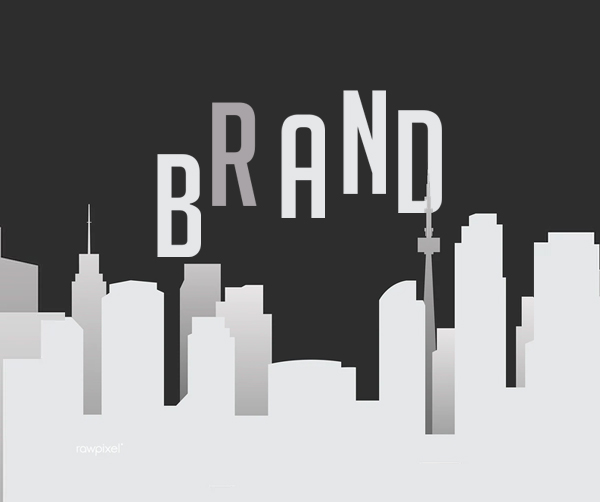
It’s no secret that a lot of elements have to come together in order to formulate a brand’s identity in the eyes of consumers and clients. Building your brand’s identity is a long-term project, one which will never end and will require you to constantly think outside the box in terms of what to do next. If done right, however, your web design elements combined with a carefully crafted brand identity will ensure that your bounce rate drops and lead generation grows.
Recommended Articles:
- Top 9 Custom Logo Design Tips For Beginners
- 15 Brand Building Tips for Designers
- Modern Business Branding / Stationery Templates Design
- 50+ Free Branding / Identity & Stationery PSD Mockups
- Key Logo Design Elements That Resonate Your Brand
- How To Design Logo In Less Time
- 10 Web Design Principles Every Designer Should Know
- 7 Trends That Will Shape Digital Marketing in 2019
- Top 10 Tips to Make the Perfect Logo for a Company
- How Website Graphics Can Help You Reel Customers In
